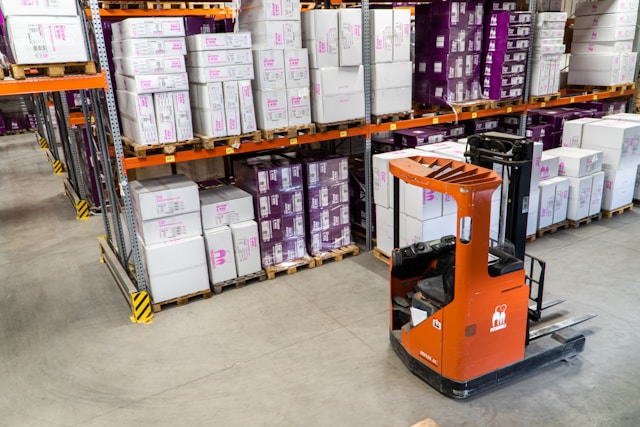The United States began World War II with just seven aircraft carriers, but by the time the war was finished, there were more than one hundred. After the war, aircraft carriers weren’t expected to survive because it was imagined that nuclear weapons would dominate war in the future.
Due to the collective political influence of Navy Admirals who had captained the ships, subs, and aircraft carriers, engineers were charged with designing nuclear technology and nuclear weapons into a new generation ships, subs, and carriers.
From Sails to Diesel to Nuclear
Before nukes, the US Navy used diesel fuel to run submarine and ship engines. Before that, fabric sails were used to power Navy fleets. But the nuclear technology created during the Manhattan Project changed Naval design forever.
Submarine Technology in the 21st Century
The book “Submarine Technology for the 21st Century” by Stan Zimmerman discusses how nuclear combat submarines today are manned by just 200 people but carry the capacity to destroy entire nations. This technological power is based on advances in acoustics, advanced chemistry, hydrodynamics, new and stronger materials, nuclear power, and rocketry.
Hacking of the Navy Nuclear Propulsion Information System notwithstanding, the U.S. Navy is investing heavily in new engineering and technical research for nuclear submarines. A recent $321 million contract was awarded to General Dynamics Electric Boat to move Navy technology forward in the 21st century.
The following video explains how a nuclear-powered submarine works.






